CS194-26 Project 6: IMAGE WARPING and MOSAICING part A
Ian Lee
Overview
In this project, we warp an image and stich it with another to create an image mosaic
Homographies
We can recover the parameters of the transformation via a set of (p’,p) pairs of corresponding points taken from the two images. where im1_pts and im2_pts are n-by-2 matrices holding the (x,y) locations of n point correspondences from the two images and H is the recovered 3x3 homography matrix. In order to compute the entries in the matrix H, we can set up a linear system of n equations. Since n =4, we can use four equations to solve for matrix H, however, we will use more points and least squares for a more stable homography recovery. (formula taken from previous year's submissions)



Image Rectification
With our image warping H, we can rectify an image. If we know something in the photo is a square, we can compute the transformation from the four corners to a manually set of four points that define a square. Then we can warp the entire image using the transformation for a rectified image
| Chess @ Seattle DT | Florence |
|---|---|
 |
 |
| Rectified Chess | Rectified Florence |
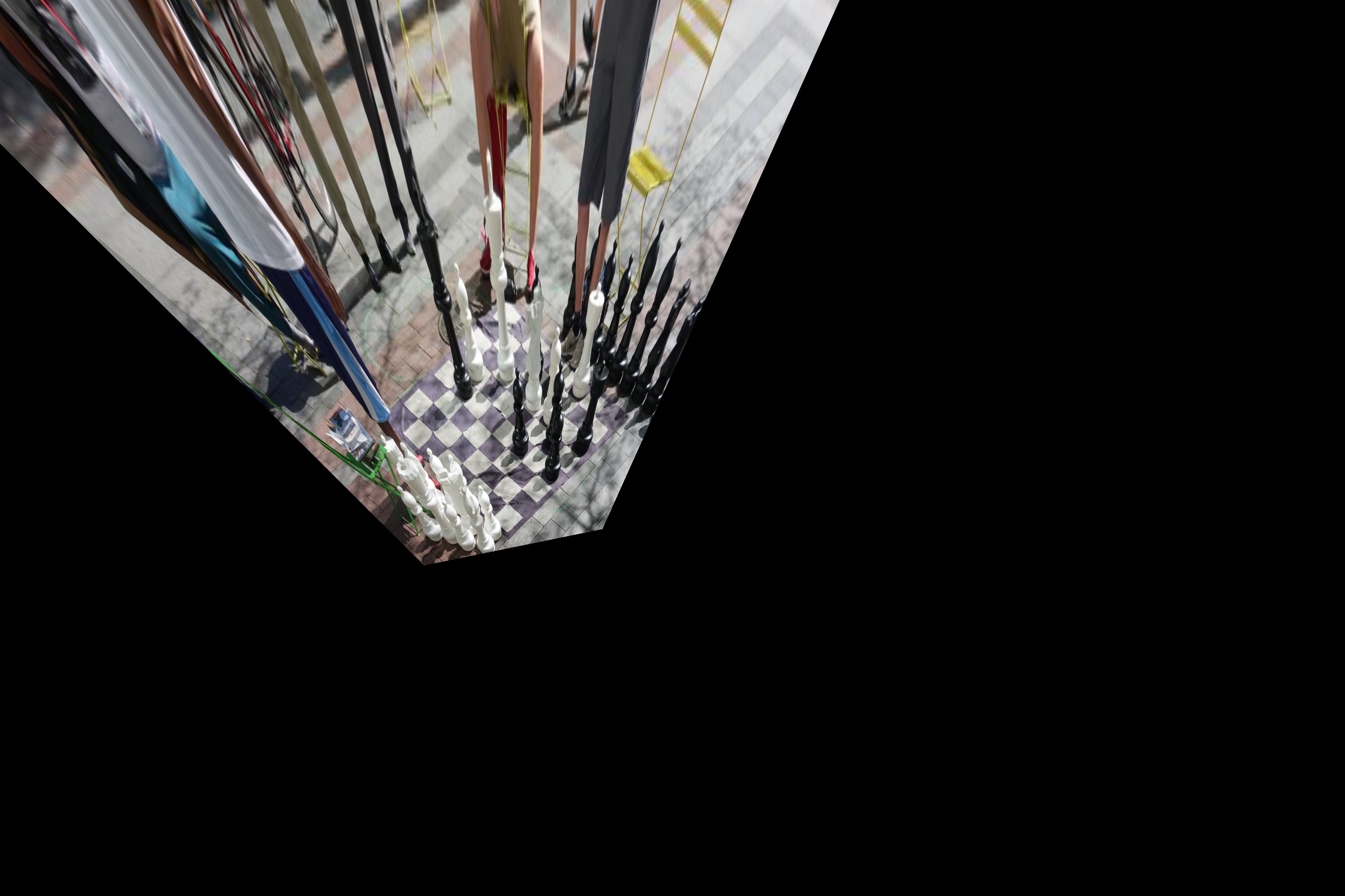 |
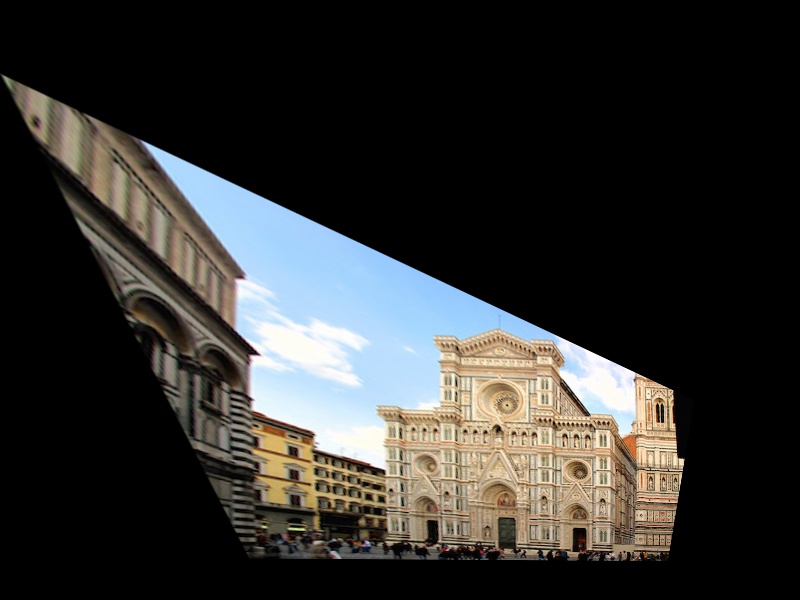 |
Image blending
with our image warping technique, we can warp images. However the edges of the two images could be obvious if we do a simple weighted average blending. Instead we could use the linear blending technique with an alpha that falls of until it hits 0 at the edges of the unwarped image.
| Olympics Park | |
|---|---|
 |
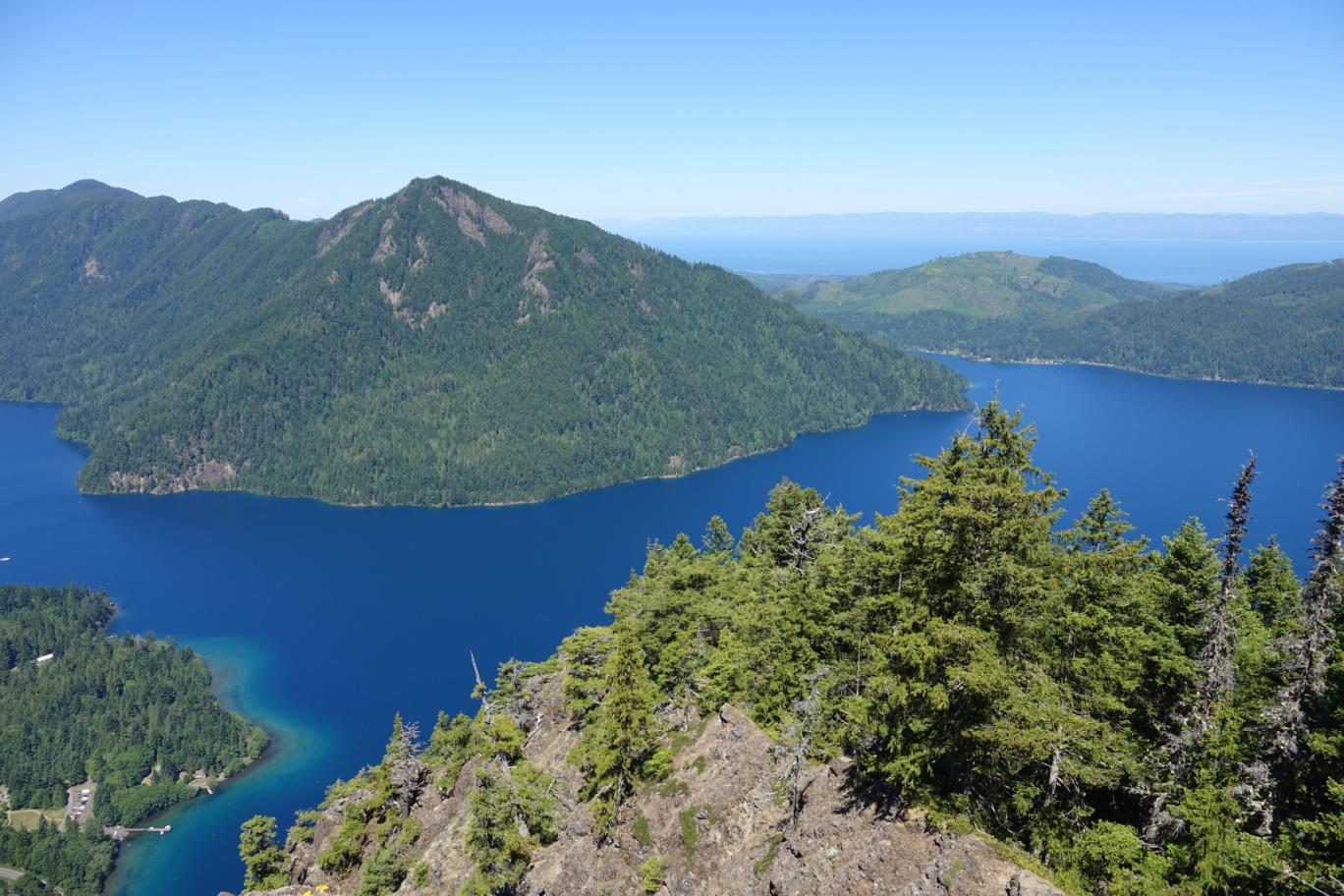 |
| Average Blending |
|---|
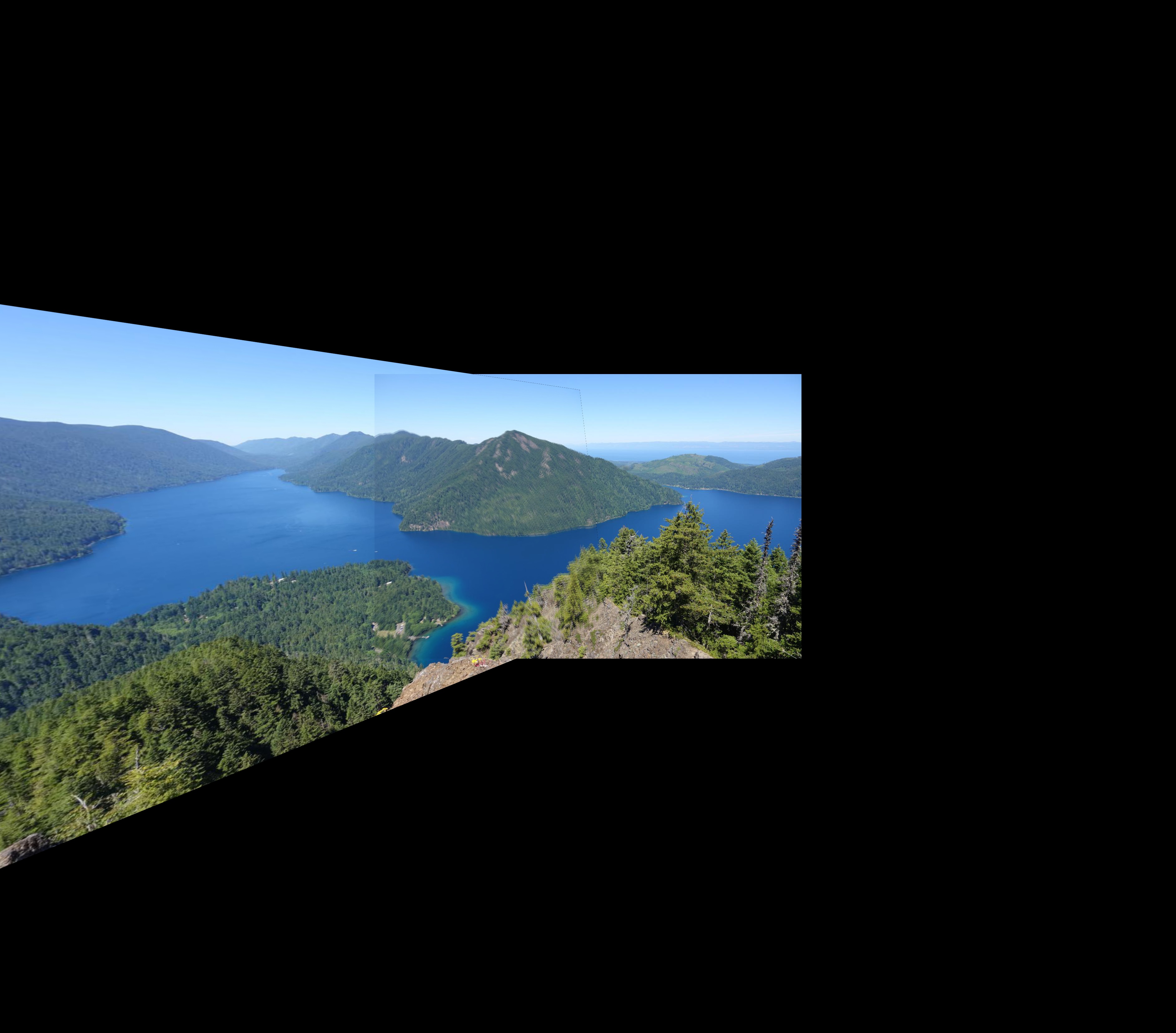 |
| Feathering Averaging |
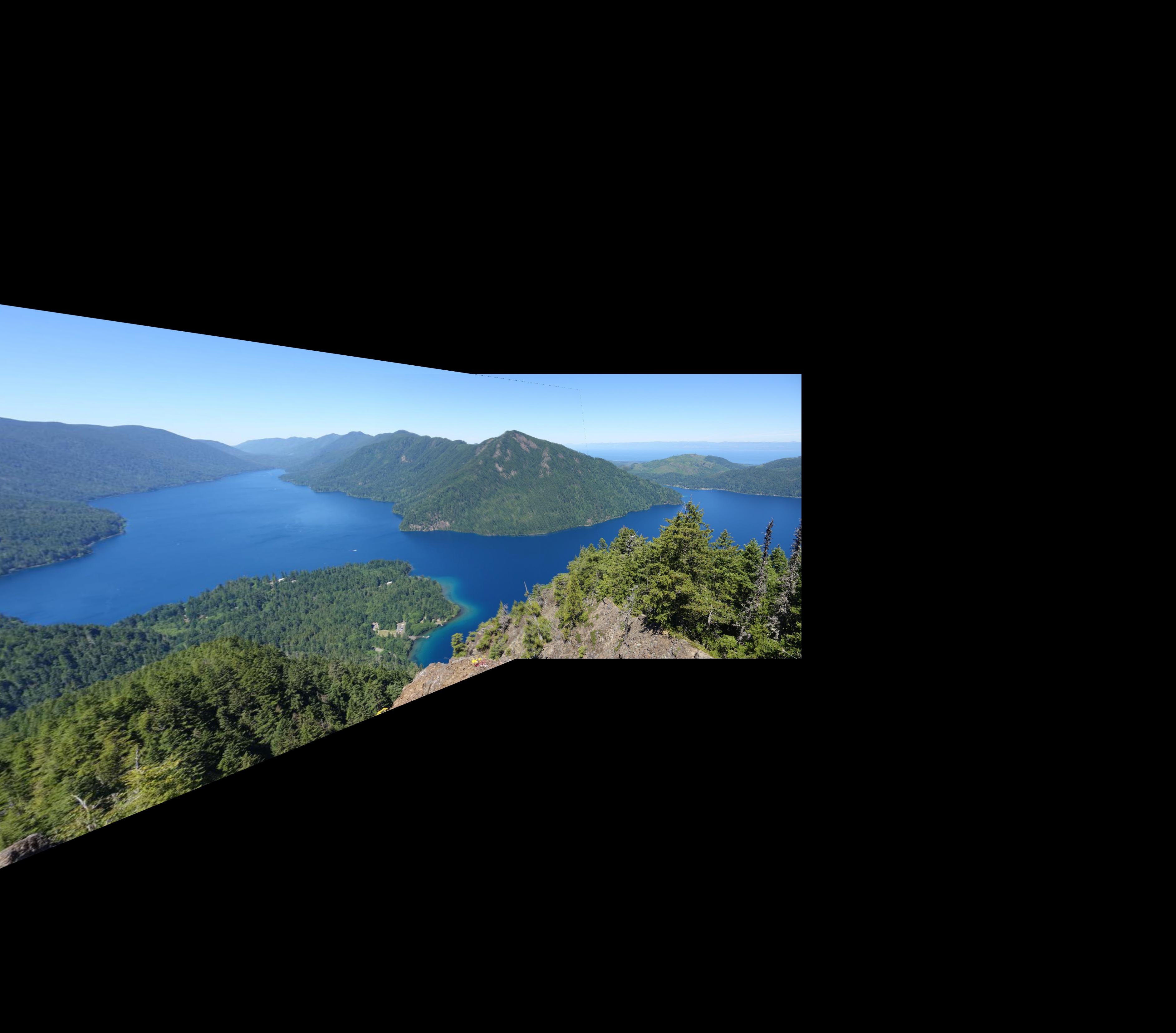 |
| Berkeley1 | Berkeley2 |
|---|---|
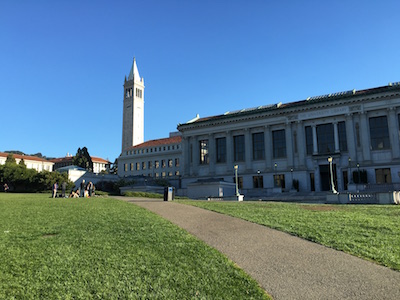 |
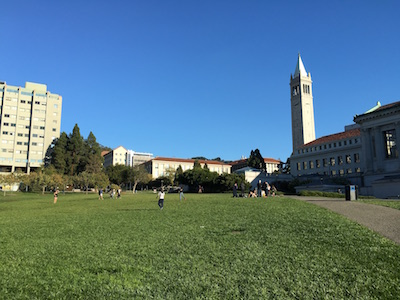 |
| Feathering Averaging |
|---|
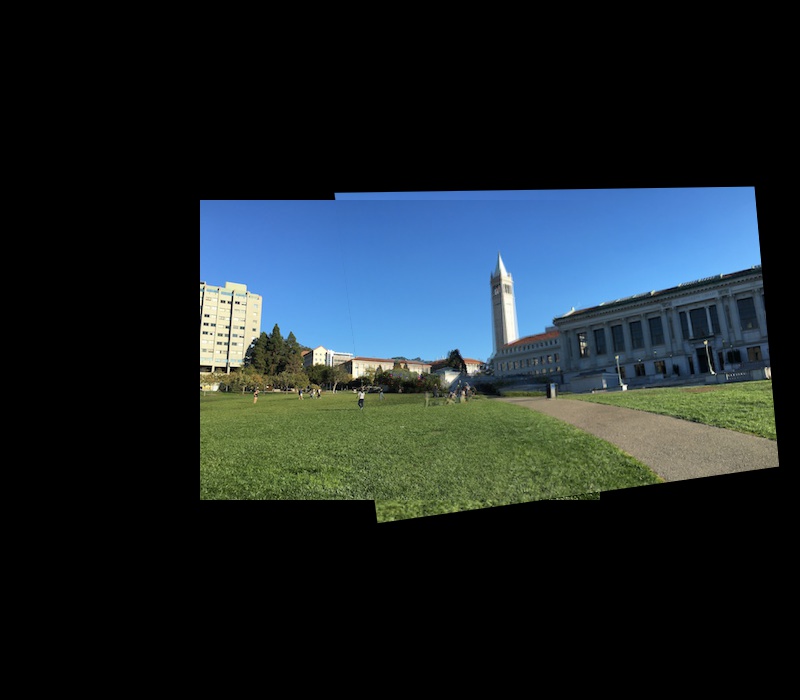 |
What I learned
The project is really cool as I learned how panoramas are made. With the techniques that I learned, there are so many ideas that I could think of, unfortunately, I don't have time to implement some B&W this time.